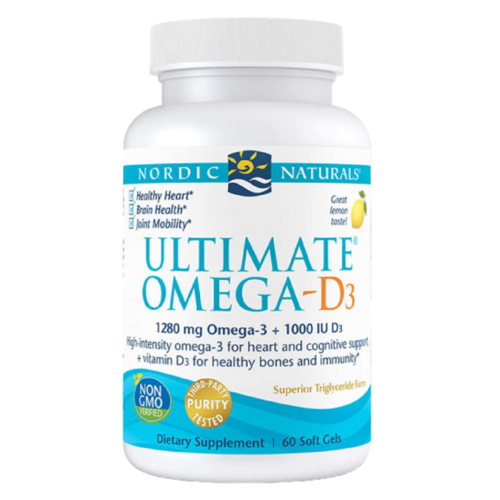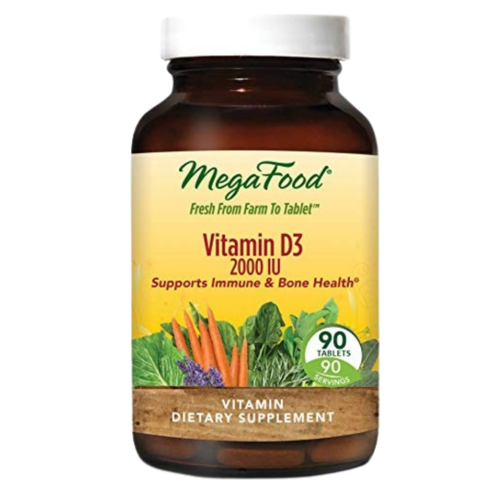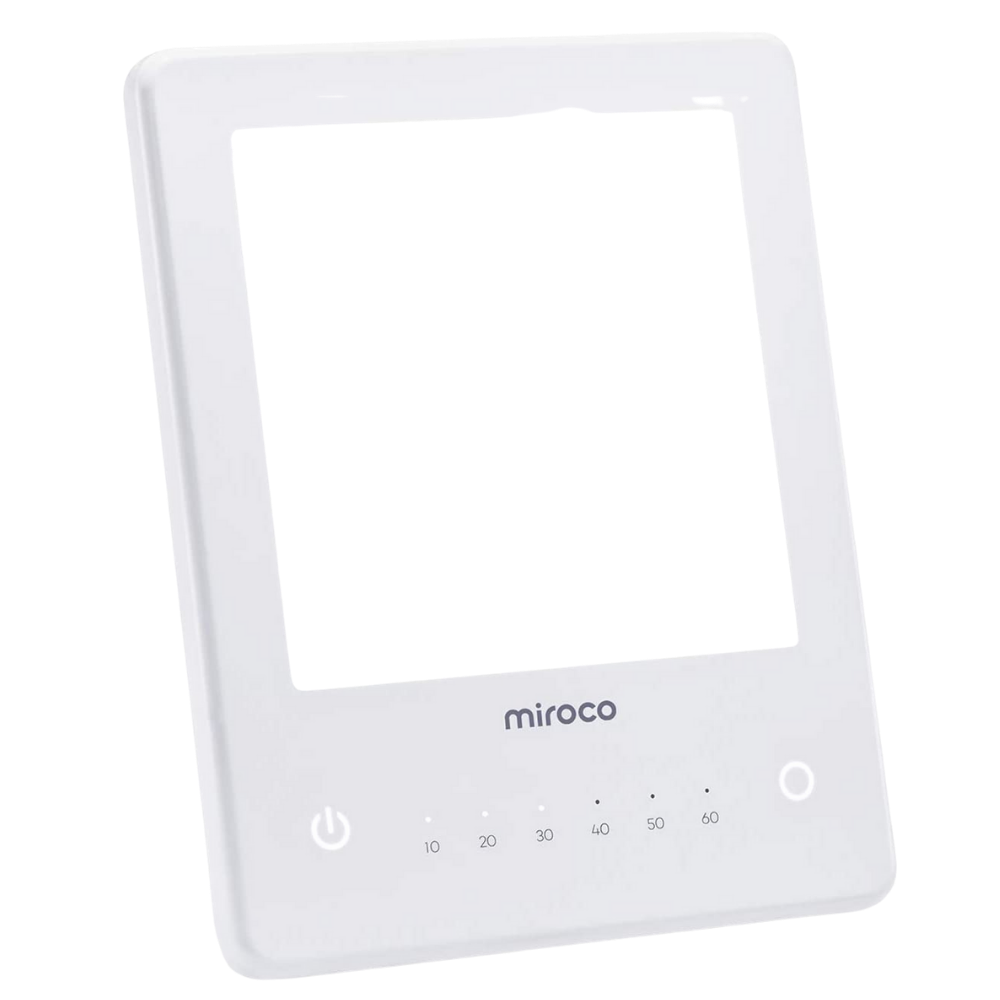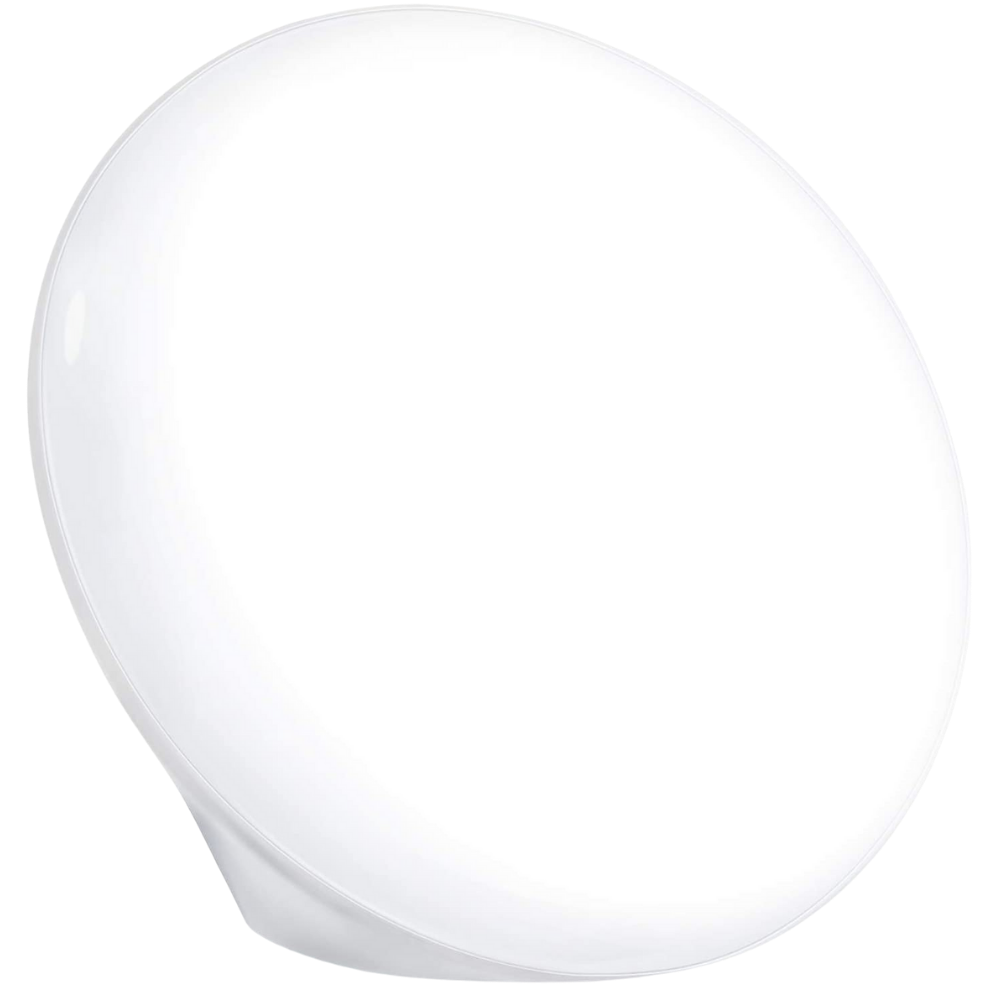The Symptoms of Seasonal Affective Disorder (& How to Manage It)
This post contains affiliate links, through which we may earn a small commission if you choose to purchase, at no additional cost to you. We only share products or services we personally use & recommend!
Oh the weather outside is frightful… and it’s getting even less delightful. 🌨
For people living in colder, wintery climates, the short days of winter can feel like they’re dragging on and on. Especially in January and February, the cold weather and lack of sunlight can start to take a toll on the body—both physically and mentally.
Seasonal Affective Disorder (appropriate acronym SAD) is, unfortunately, a relatively common experience for people living in higher latitudes with colder, wintery climates and notably shorter, darker winter days.
What is seasonal affective disorder?
Seasonal Affective Disorder (SAD) is a not-so-clinical term for depression with a seasonal pattern. It’s most common at higher latitudes (where winter months are colder and darker than places closer to the equator). So, for example, it’s much more common for people who live in Canada than in Florida. It’s also more common in women and adolescents.
Seasonal Affective Disorder is, in large part, caused by reduced exposure to sunlight.
Here’s why that matters for more than just our tan: Humans get most of our vitamin D through sunlight. Vitamin D happens to be hugely important to proper bodily functioning, and has a particularly significant impact on immunity and mood. Because most of our vitamin D comes from sunlight, reduced sunshine in the winter can lead to levels dropping too low, especially in the later winter months.
The symptoms of Seasonal Affective Disorder
Some of the common symptoms of Seasonal Affective Disorder are:
fatigue
feelings of sadness or hopelessness
increased irritability
reduced interest in hobbies or social activities
increased appetite and carb cravings
Because the symptoms of Seasonal Affective Disorder can also be caused by other health concerns, it’s important to speak with your doctor to determine the underlying cause of any of these symptoms you may be experiencing.
How to manage Seasonal Affective Disorder naturally
Though the primary cause of Seasonal Affective Disorder (lack of sunlight in winter months) may not be fully avoidable if you live in a colder, wintery climate, there are some simple, natural “remedies” that can help mitigate its effects:
Foods rich in Vitamin D
There actually aren’t many food sources containing sufficient levels of vitamin D. Sunlight is our primary and best source of it.
Unfortunately, modern lifestyles have us spending more time indoors than ever before in human history (thanks, office job!), so many of us are not building up proper amounts of vitamin D from sunlight, even during summer months. (The human body can store vitamin D for months, so proper exposure during the summer can help get you through less sun exposure in the winter.)
For anyone not getting enough vitamin D from sunlight, it’s a good idea to incorporate more vitamin D-rich foods into your diet. Though there aren’t many, there are a few specific foods high in this nutrient, most of which have been used for centuries by populations without access to year-round sunshine:
Fatty fish: salmon, sardines, herring, tuna
Oysters & shrimp
Egg yolks (Note: Eggs from pasture-raised chickens—those roaming outside in sunlight—contain 3-4 times the vitamin D as those raised indoors. Look for “pasture-raised” on the label, which is not the same as “cage-free.”)
Mushrooms
Cod liver oil
Fortified foods: cow’s milk, soy milk and cereals are often fortified with vitamin D, though usually at lower levels than natural sources
There are two types of vitamin D obtained from food sources: D2, which is found in plants and yeasts, and D3, which is found in animal products. D3 is more effective at raising blood levels of vitamin D.
Eating more foods rich in vitamin D can help to keep levels up during the winter. But, if you’re not able to eat these foods in large quantities daily to get enough vitamin D… supplements are another option:
Vitamin D3 supplements
One of the simplest ways to make up for lack of sunshine in the winter is with a vitamin D supplement. Your doctor is the best source for determining your ideal daily intake, but in general we aim for up to 4,000 IU daily.
Remember, animal sources tend to be a bit better at raising blood levels of vitamin D than plant and yeast sources.
Here are some of our favorite vitamin D supplements:
Light therapy
Another option for mitigating the effects of Seasonal Affective Disorder is light therapy, or use of a “light box” that mimics outdoor natural light.
There are plenty of light boxes available for purchase online, but note that light therapy is not approved by the FDA as a treatment for Seasonal Affective Disorder, so they’re not typically covered by insurance. And, because they’re not regulated by the FDA, it’s important to understand what you’re purchasing and how to properly use it.
General guidelines for using light therapy to treat Seasonal Affective Disorder:
Aim for at least 10,000 lux of light. (Brighter boxes can accomplish the same effect in less time than dimmer boxes.)
The light box should emit as little UV as possible. (UV rays can damage your eyes.) Light boxes are not replacement sunshine per se, but they’re designed to trick your eyes into believing you’ve experienced good old fashioned daylight… which can help with some of the effects of Seasonal Affective Disorder.
Use the box first thing in the morning (within an hour of waking up), for about 20-30 minutes. Sit directly in front of the box, about 1.5 - 2 feet away.
You want your eyes open, of course (that’s the point of the box—getting your eyes exposed to “outdoor” light), but you don’t want to look directly at the light box. Setting it on a table or desk while you read or write in a journal is a great way to get proper exposure.
Talk to your doctor first to be sure light therapy is a good fit for you.
Here are some recommended light boxes for treating Seasonal Affective Disorder:
Houseplants
Exposure to greenery has been shown to improve mood, as well as overall health and healing. Our brains simply like to see green plants. 🌿
Not only do houseplants do a great job filtering and purifying indoor air (which can get a little stuffy as we keep the windows closed all winter!), but they also help us to feel happier and more content.
Investing in houseplants throughout your home and workspace can help to add some healthful exposure to greenery during the more barren winter months.
Self-care
During any challenging time, self-care is even more important than it usually is. (And it’s usually quite important!)
If you struggle with Seasonal Affective Disorder, be sure you’re getting in the habit of a self-care routine you enjoy, even before the dead of winter. Not only can prioritizing self-care activities help to guard against some of the effects of SAD, but it can also be an effective method to cope with them if they do come up.
Not sure what to do for “self-care” time? Jot down a list of activities you enjoy, or here’s a list of our favorite self-care activities to get you started.
Spend time outside
No matter how cold and blustery it is outside, it is helpful to spend time outside in the winter. One of the reasons Seasonal Affective Disorder can start to rear its not-so-pleasant head is that we are less inclined to spend time outdoors when it’s cold, snowy, and dreary.
But, lacing up your shoes (or boots!) and going for a brisk walk around the neighborhood or a nature preserve, or spending time practicing a winter hobby (or trying a new one!) can actually do wonders for boosting overall mood and well-being. Fresh air and movement are some of the simplest natural fixes for seasonal fatigue!
Cognitive behavioral Therapy
And finally, if you’re trying the options above but still feeling a rough case of “the winter blues,” it’s important to know that Seasonal Affective Disorder is a real physiological issue, and it’s absolutely encouraged to seek professional help if you need it. Though it’s caused by seasonal influences, SAD is a form of major depressive disorder, and can be treated with similar therapies.
Cognitive Behavioral Therapy (CBT) is one of the most effective natural treatments for depression, and can be use for Seasonal Affective Disorder as well.
For our northern climate friends: Stay warm & stay well! ☃️
Four Wellness Tip
During winter months, try the methods above to reduce the effects of Seasonal Affective Disorder.
















